The Lost King: How Richard III’s Grave Was Found Beneath a Leicester Car Park
An Archaeological Breakthrough
In 2012, a discovery beneath an unassuming car park in Leicester, England, changed the course of British historical study forever. After centuries of speculation and myth, the remains of King Richard III — the last English monarch to die in battle — were found buried beneath the asphalt of a modern city council lot.
This extraordinary breakthrough, led by Philippa Langley and the Looking for Richard Project, solved one of history’s most enduring mysteries. What began as a passionate pursuit driven by intuition and archival research became one of the most remarkable archaeological finds of the 21st century.
The Search and Discovery

For generations, historians debated the fate of Richard III’s body following his death at the Battle of Bosworth Field in 1485. Chroniclers recorded that his corpse was carried to Leicester and hastily buried at Greyfriars Friary, but over the centuries, the friary was destroyed and its location forgotten.
Langley, a member of the Richard III Society, believed that clues in medieval maps, combined with historical accounts, pointed to a car park owned by the Leicester City Council as the friary’s likely site. In August 2012, the project began a small-scale excavation led by University of Leicester archaeologists.
Astonishingly, on the first day of digging, they uncovered a human skeleton. At first, the team dared not believe it could be the long-lost king — but the evidence began to mount rapidly.
Identifying the Remains
The skeleton displayed several remarkable features:
- Severe scoliosis, or curvature of the spine, matching historical descriptions of Richard III’s uneven shoulders.
- Multiple battle wounds, including bladed weapon injuries to the skull and ribs, consistent with accounts of his violent death.
- An age profile corresponding with Richard’s at the time of his death — approximately 32 years old.
Subsequent forensic, DNA, and osteological analyses provided conclusive proof. DNA extracted from the bones matched living descendants of Richard’s sister, Anne of York, confirming his identity beyond doubt.
Forensic experts also determined that Richard’s body had sustained at least 11 wounds, including two fatal strikes to the skull — likely delivered after he fell from his horse. Post-mortem “humiliation injuries” indicated his body was mistreated before burial, reflecting the political chaos that followed his death.
From Battlefield to Tomb
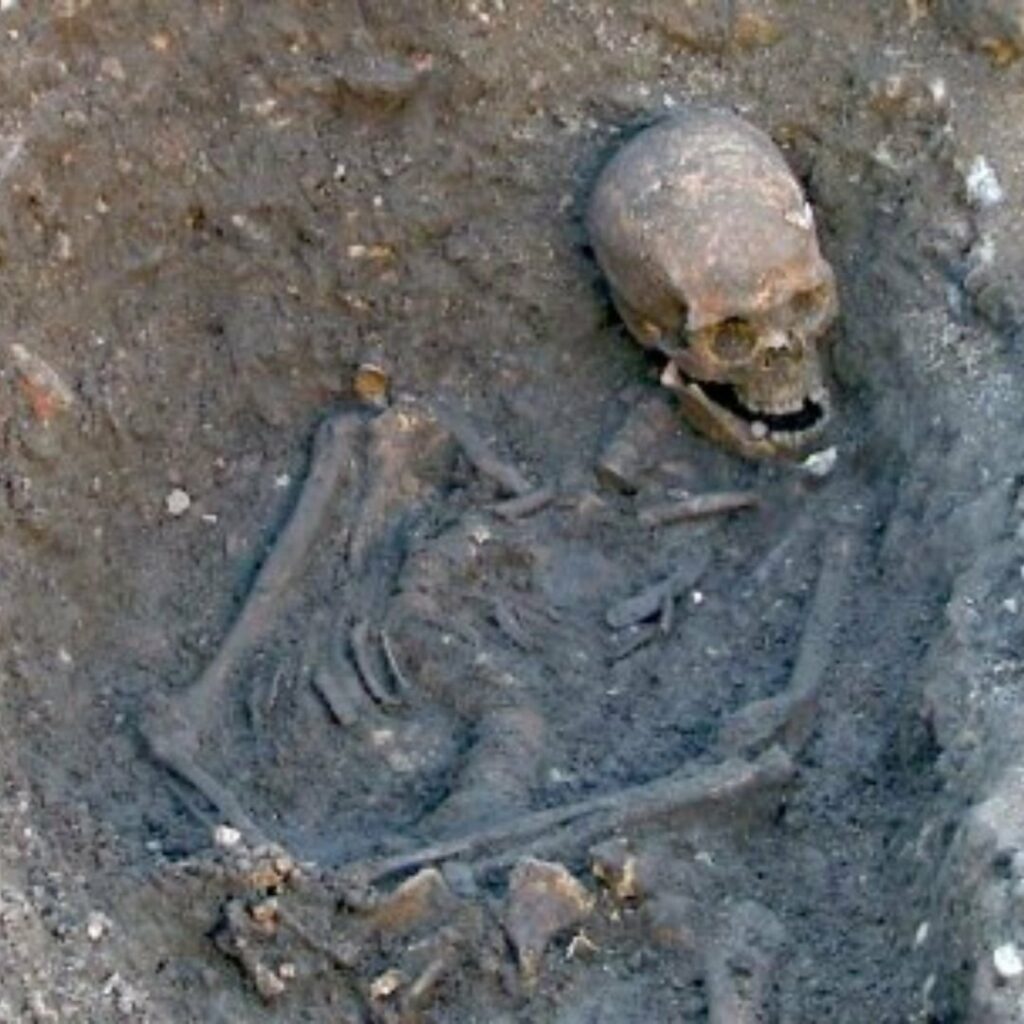
Richard III’s death at Bosworth marked the end of the Wars of the Roses, a dynastic conflict that had torn England apart for three decades. His defeat by Henry Tudor ushered in the Tudor dynasty — a new royal line that would include Henry VIII and Elizabeth I.
Following his death, Richard’s body was transported to Leicester and buried without ceremony at the Greyfriars friary. When Henry VIII later dissolved the monasteries, the friary was destroyed, its location erased as the city expanded over it.
Centuries later, few could have imagined that the remains of a medieval king lay hidden beneath painted parking lines.
Reburial and Legacy

After three years of research, the identity of the remains was officially confirmed in 2015. Richard III was reinterred with full honors in Leicester Cathedral, just 100 yards from where he was found. The reburial — broadcast live around the world — was attended by descendants of both the Yorkist and Tudor lines, uniting rival factions of history in symbolic reconciliation.
Today, Richard III’s tomb in Leicester Cathedral stands as a testament to one of archaeology’s greatest triumphs. It draws thousands of visitors annually, many of whom reflect on how the king’s rediscovery reshaped his legacy.
A Controversial King Reconsidered
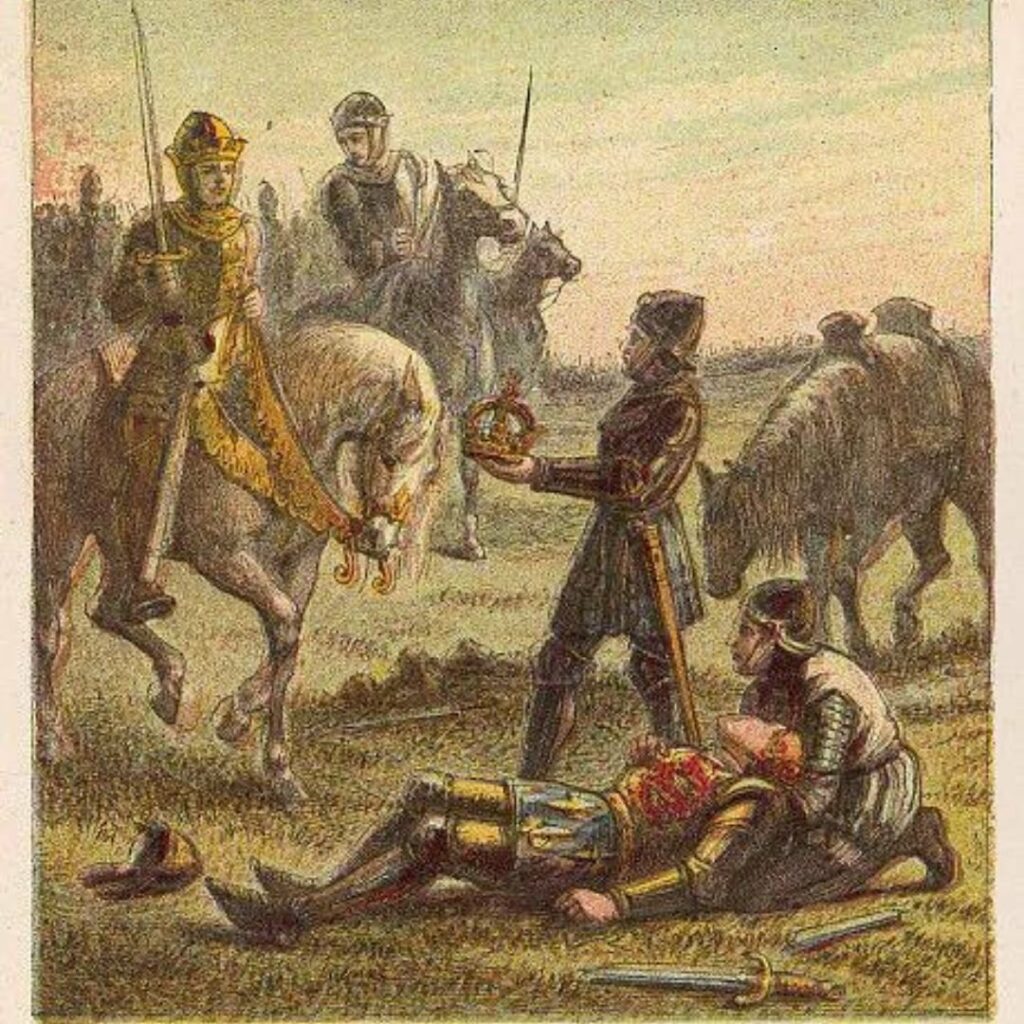
For centuries, Richard III’s reputation was dominated by Shakespeare’s portrayal — the villainous hunchbacked usurper who murdered his nephews in the Tower of London. But modern historians have taken a more nuanced view.
During his brief reign (1483–1485), Richard introduced several progressive reforms, including:
- The first laws written entirely in English, increasing accessibility to legal texts.
- Efforts toward reconciliation between the warring Yorkist and Lancastrian factions.
- The establishment of a truce with Scotland, aiming for lasting peace on England’s northern border.
His rediscovery allowed historians to reexamine not just his life, but also the Tudor propaganda that shaped his image for half a millennium.
A Legacy Carved in Stone — and Asphalt

What makes the discovery of Richard III’s grave so profound is its poetic juxtaposition: a king lost to history, buried beneath a mundane parking lot, rediscovered through the determination of one woman and the power of science.
As Philippa Langley reflected in her memoir The King’s Grave, “We found him not in a cathedral, but under concrete — where history had left him. In that moment, centuries of myth fell away, and a man emerged.”
Richard’s story reminds us that history is never truly lost — only waiting to be unearthed. Beneath the layers of time and progress, echoes of the past endure, ready to reveal themselves to those who dare to look.
Sources:
- University of Leicester – “Discovery of Richard III: The Search for the Last Plantagenet King”
- BBC News – “Richard III Remains Found Under Leicester Car Park”
- The Guardian – “How Archaeologists Found the Lost King”
- Smithsonian Magazine – “The Rediscovery of Richard III”
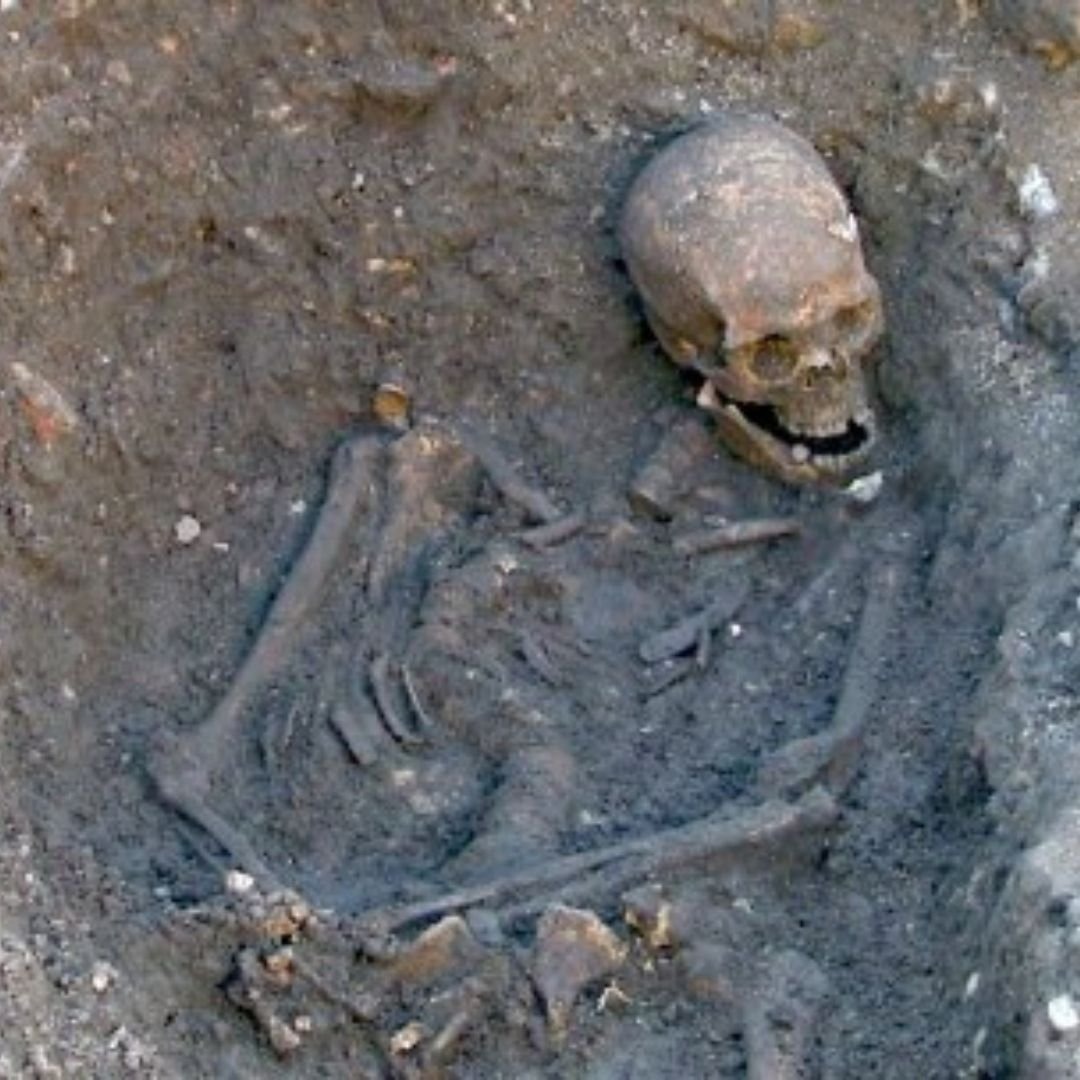
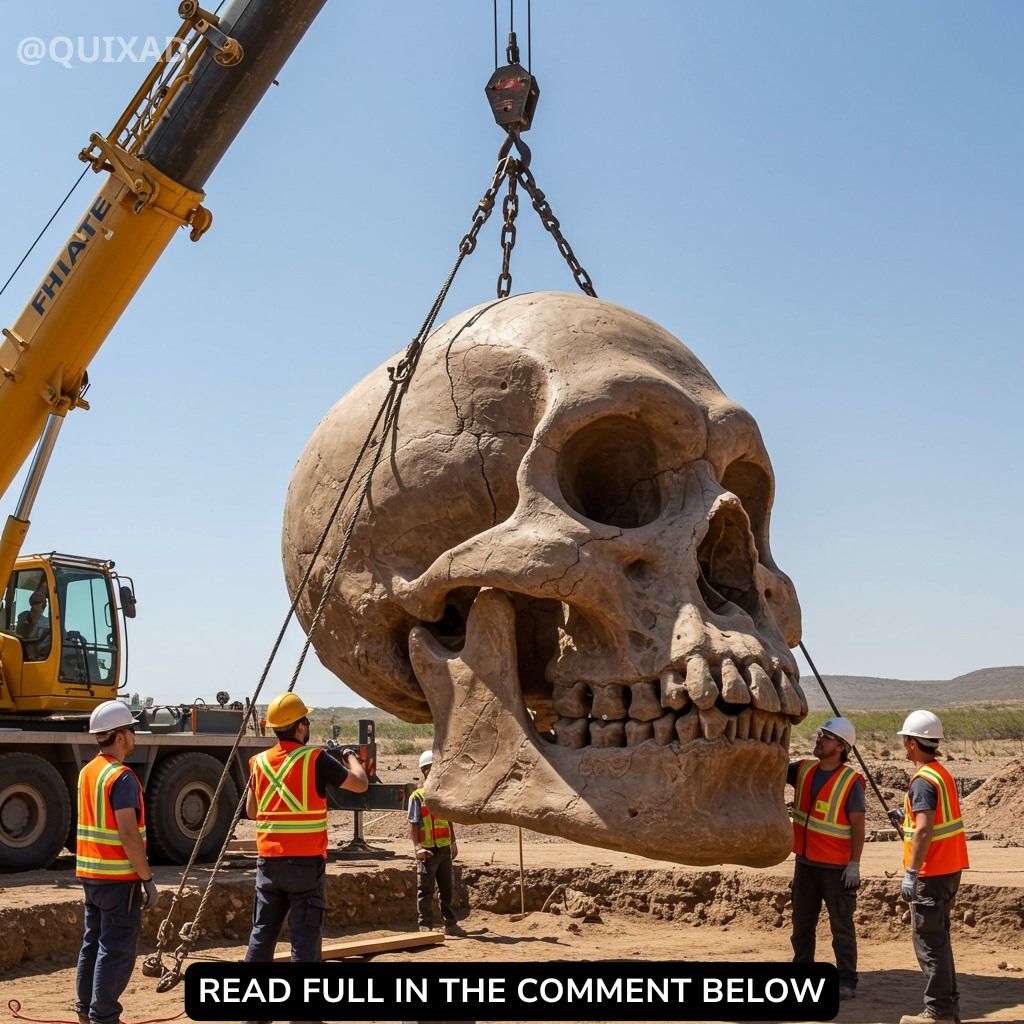

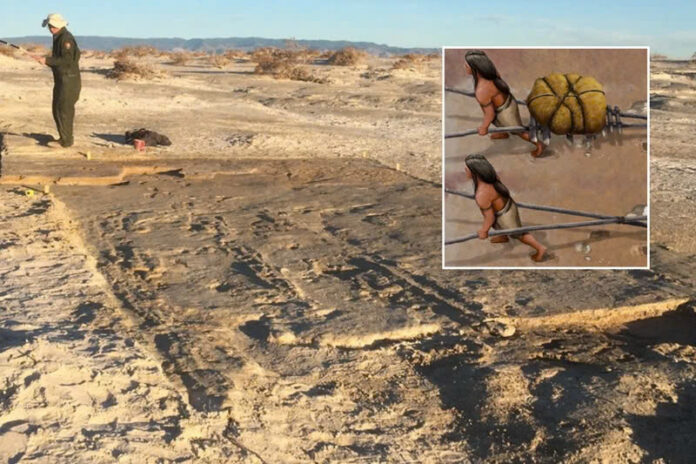
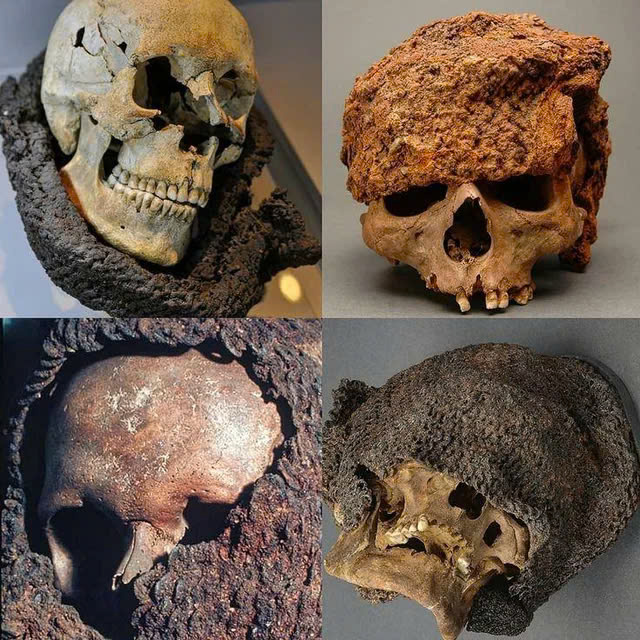

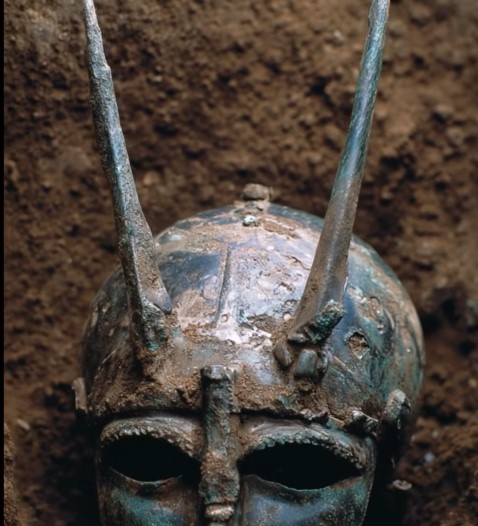

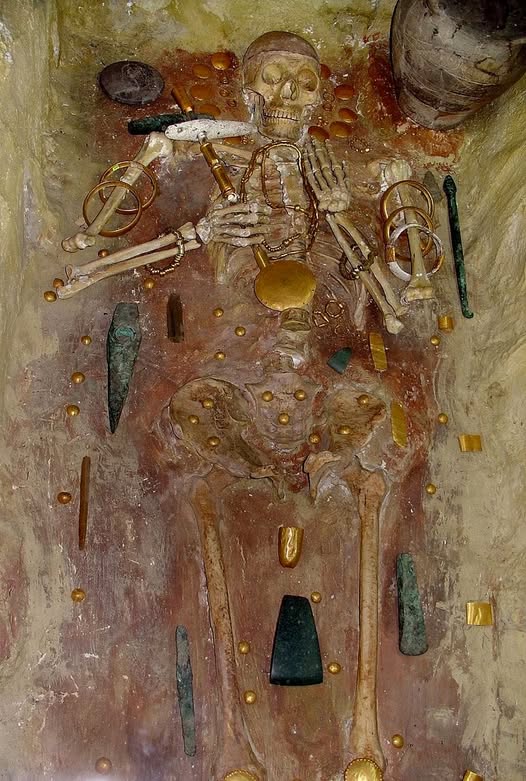



Leave a Reply